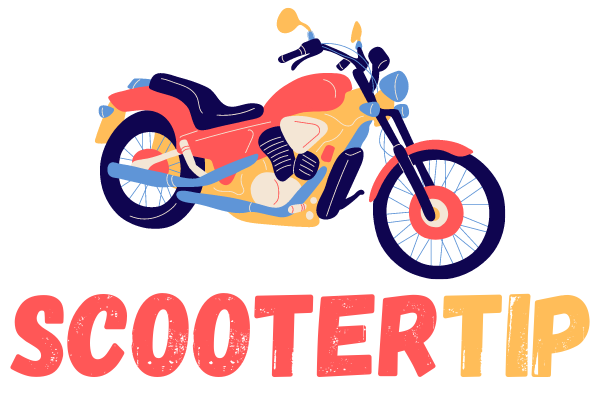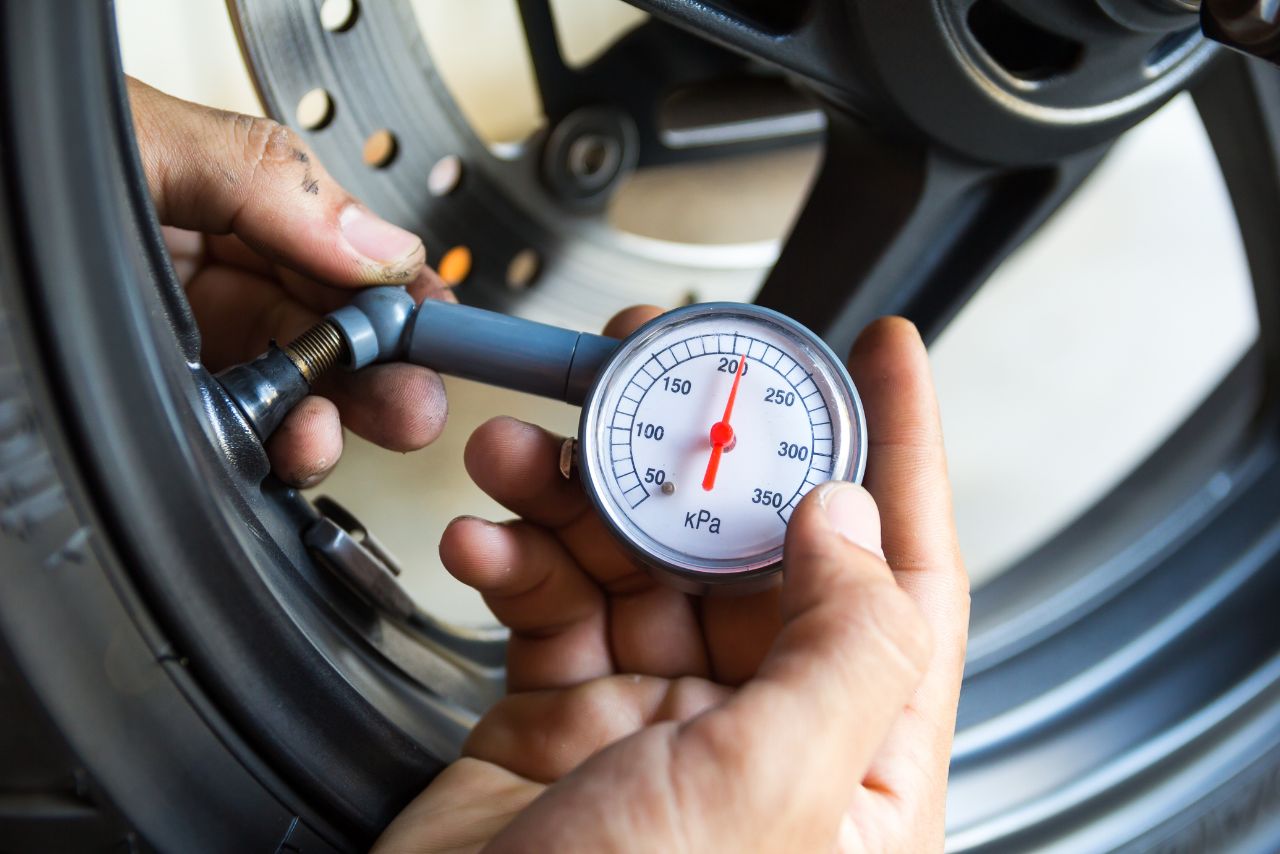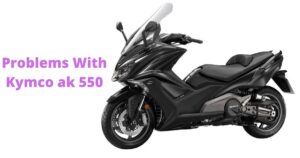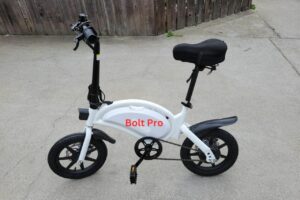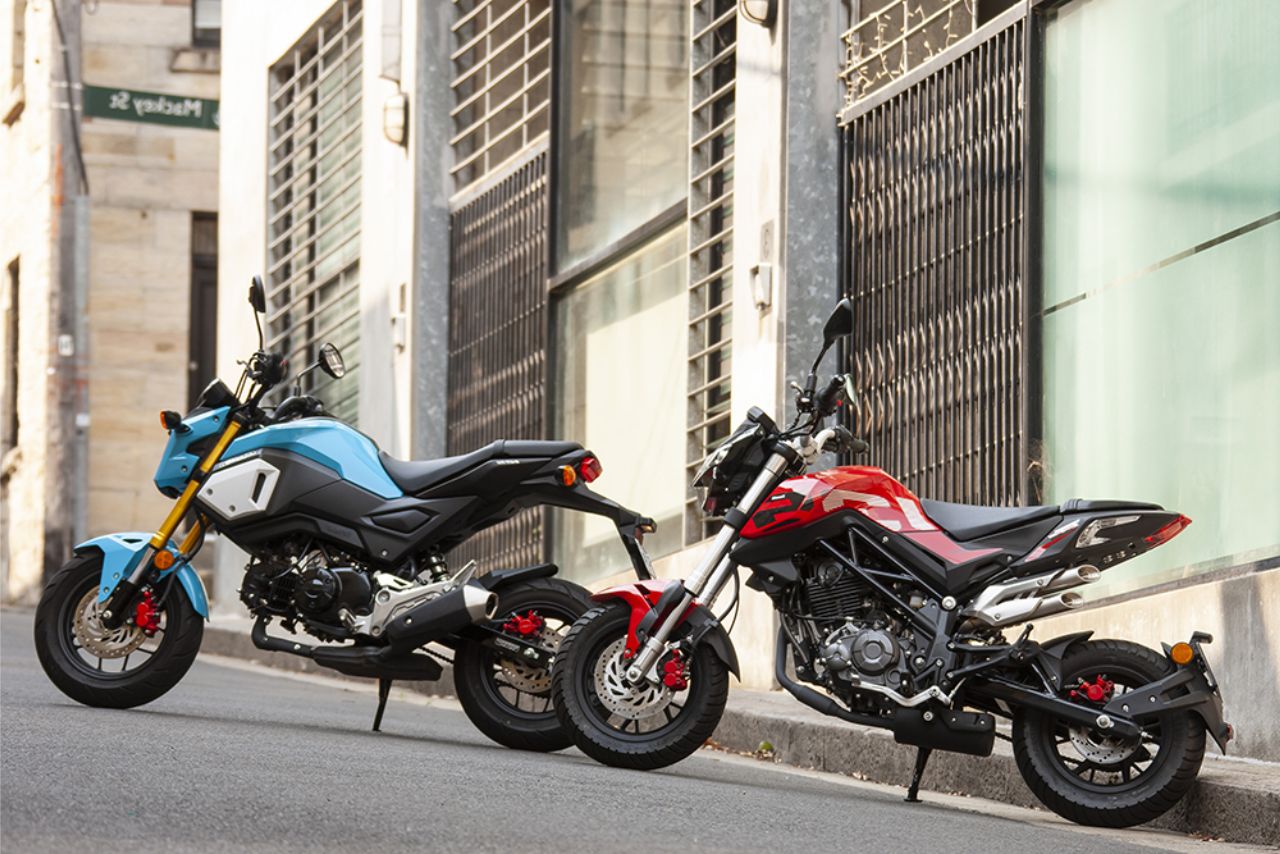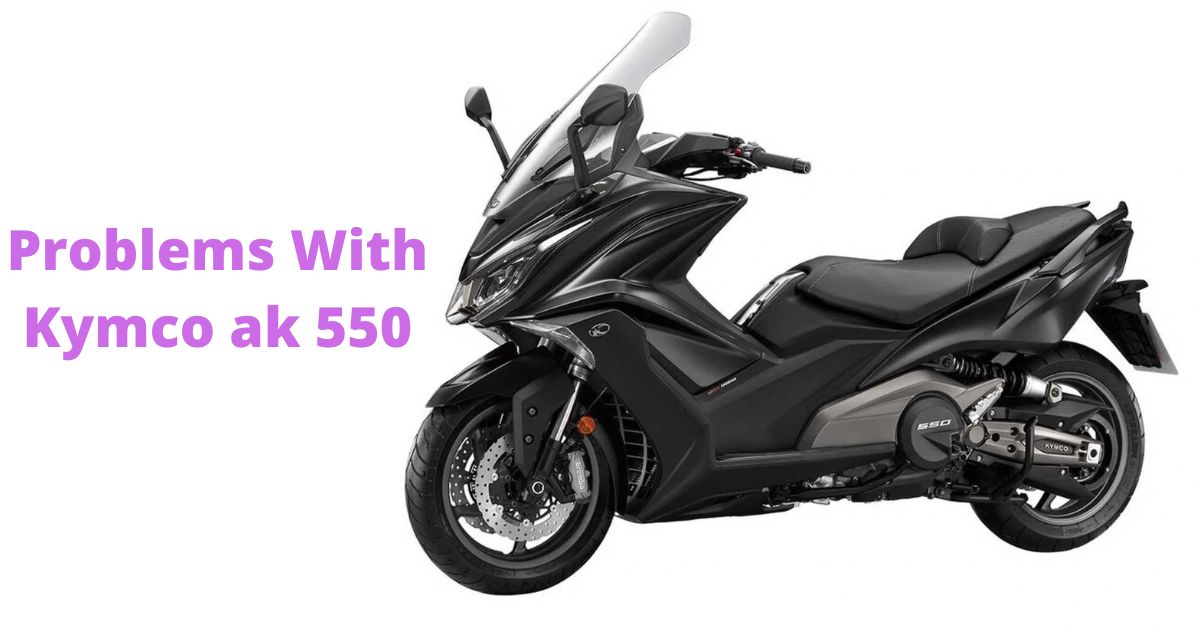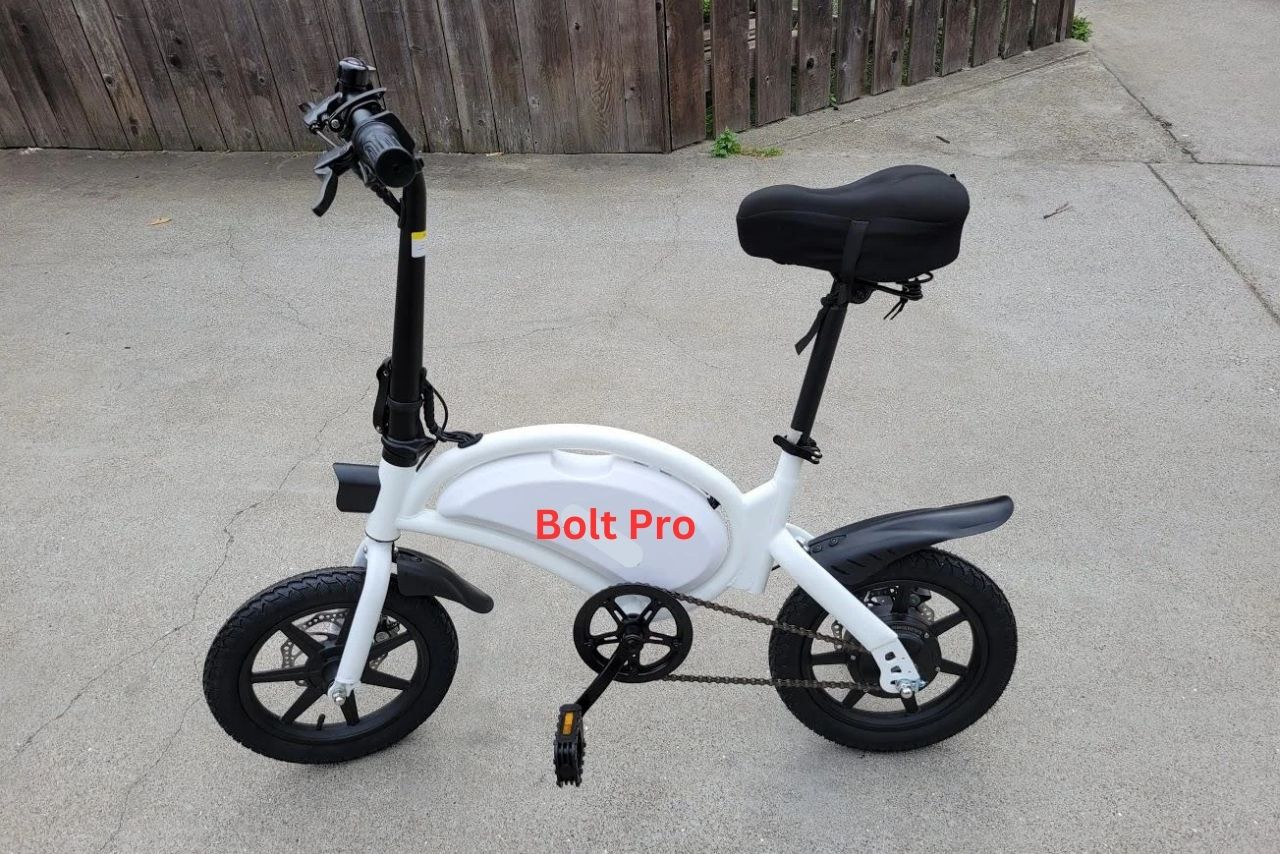Are you a proud owner of a 125cc scooter? If so, then you know how crucial it is to maintain the right tyre pressure for optimal performance.
Cruising down the city streets on your sleek scooter, effortlessly maneuvering through traffic and feeling the wind against your face.
But what if I told you that something as simple as checking and adjusting your tyre pressure could significantly enhance your riding experience?
In this article, we will delve into the world of 125cc scooter tyre pressure, exploring why it matters and how to ensure your tyres are at their best.
Table of contents
125cc Scooter Tyre Pressure:

The recommended tyre pressure for a 125cc scooter varies depending on the make and model of the scooter. However, a general rule of thumb is to inflate the tyres to 32 psi (2.2 bar) for the front tyre and 36 psi (2.5 bar) for the rear tyre.
It is important to check the tyre pressure regularly and inflate the tyres to the recommended pressure, especially before long journeys. Underinflated tyres can cause the scooter to handle poorly and can also lead to premature tyre wear.
Here are some tips for checking the tyre pressure on your 125cc scooter:
It is also important to check the tyre tread depth regularly. The tyre tread depth should be at least 1.6 mm (0.06 inches) for the front tyre and 2 mm (0.08 inches) for the rear tyre.
To determine the correct tyre pressure values specific to your 125cc scooter model:
| Front Tyre Pressure | Rear Tyre Pressure |
|---|---|
| 32 psi | 36 psi |
It’s important to regularly check your scooter’s tyre pressures using a reliable gauge preferably when they are cold as heat generated during riding may affect readings temporarily.
Different Tyre Pressure Recommendations for Front and Rear Scooter Wheels
When it comes to maintaining the optimal performance of your 125cc scooter, ensuring proper tyre pressure is crucial.
The front and rear wheels may have different recommended tyre pressures, which can affect your scooter’s handling and overall safety.
Here are the different tyre pressure recommendations for front and rear scooter wheels:
What Is the Tire Pressure in An Activa 125?
The recommended tire pressure for a Honda Activa 125 is:
If you are riding with a pillion rider, the recommended tire pressure for the rear tire is 36 psi (2.5 bar).
It is important to check your tire pressure regularly, especially before riding. Underinflated tires can cause the scooter to handle poorly and can also lead to premature tire wear.
How Tire Pressure Affects Electric Scooter Range?
Tire pressure has a significant impact on the range of an electric scooter. Underinflated tires have increased rolling resistance, which means they require more energy to roll, which drains the battery faster and reduces range.
Overinflated tires, on the other hand, can reduce traction and increase the risk of a puncture. Additionally, overinflated tires can have a harsher ride, which can be uncomfortable for the rider.
The ideal tire pressure for an electric scooter will vary depending on the make and model of the scooter, as well as the rider’s weight and the terrain being ridden on.
However, a good general rule of thumb is to inflate the tires to the pressure recommended by the manufacturer.
Here are some tips for maximizing the range of your electric scooter by maintaining the correct tire pressure:
Why Should You Follow Manufacturer’s Recommended Tyre Pressure?
The Effects of Incorrect Tyre Pressure on Scooter Performance:
Incorrect tyre pressure can significantly impact the performance and safety of your scooter. Here are some effects to consider:
Handling and Stability
- Underinflated tyres reduce stability, making it harder to control your scooter.
- Overinflated tyres can cause a harsh ride and decrease traction, affecting handling.
Traction and Braking
- Insufficient tyre pressure reduces grip on the road, especially in wet or slippery conditions.
- Overinflated tyres may result in reduced contact area with the road surface, compromising braking efficiency.
Fuel Efficiency
- Low tyre pressure increases rolling resistance, requiring more power from your scooter’s engine.
- Higher fuel consumption is likely when riding with underinflated tyres.
Tyre Wear
- Improperly inflated tyres wear unevenly and at an accelerated rate.
- Underinflation causes excessive sidewall flexing, leading to premature tread wear.
- Overinflation concentrates wear on the center of the tread pattern.
Rider Comfort
- Riding with incorrect tyre pressure affects rider comfort due to increased vibration transmitted through the handlebars and seat.
- It is essential for optimal performance that you maintain proper tyre pressure according to manufacturer recommendations.
Tips for Checking and Maintaining Proper Scooter Tyre Pressure:
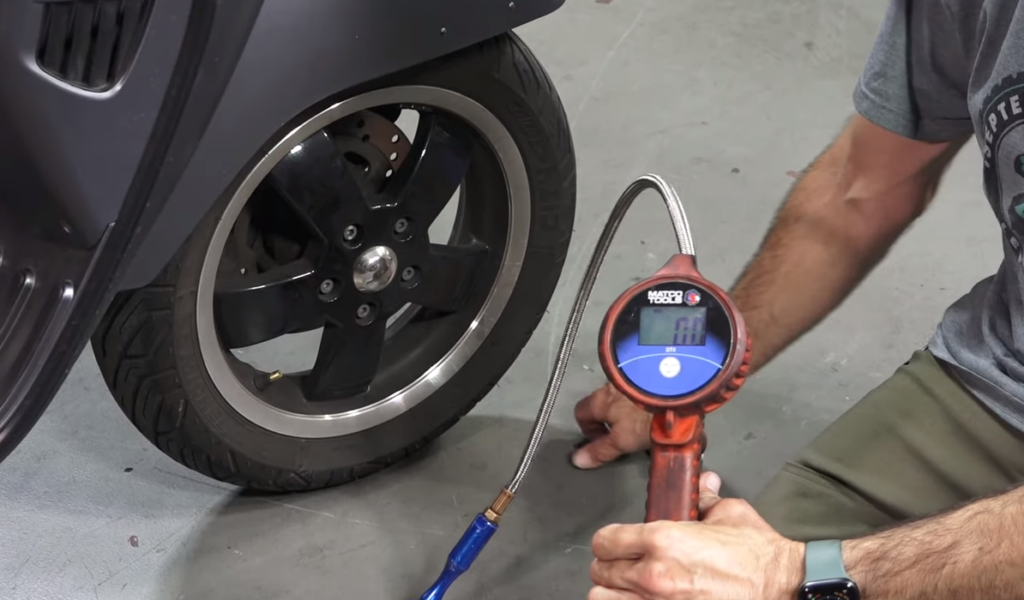
Proper tyre pressure is crucial for maintaining the performance and safety of your 125cc scooter. Here are some tips to help you check and maintain the right tyre pressure:
What Is the Tyre Pressure for A 125cc Motorbike?
The recommended tyre pressure for a 125cc motorbike varies depending on the make and model of the motorbike, the rider’s weight, and the type of riding being done.
Watch Video: 125cc Scooter Tyre Pressure!
However, a general rule of thumb is to inflate the tyres to 22-25 psi (1.5-1.7 bar) for the front tyre and 29-36 psi (2.0-2.5 bar) for the rear tyre.
What Is the Air Pressure for Raider 125 Tyres?
The recommended tyre pressure for the TVS Raider 125 is:
These figures are for solo riding. If you are riding with a pillion rider, you may need to increase the rear tyre pressure to 32 psi (2.2 bar).
It is important to check your tyre pressure regularly, especially before long rides. Underinflated tyres can cause the Raider 125 to handle poorly and can also lead to premature tyre wear.
Conclusion: 125cc Scooter Tyre Pressure!💭
Understanding and maintaining the correct tyre pressure for your 125cc scooter is crucial for both safety and performance. The recommended tyre pressures are 32psi in the front and 36psi in the rear.
Properly inflated tyres ensure optimal handling, grip, and stability on various road surfaces.
With a balanced distribution of air pressure between the front and rear tyres, you can experience better control while maneuvering through corners or riding straight ahead.
Maintaining the correct tyre pressure also helps to extend the lifespan of your scooter’s tyres.
So be sure to prioritize this simple yet essential maintenance task to get the most out of your 125cc scooter!
FAQs
Why Is Maintaining the Correct Tyre Pressure Important for A 125cc Scooter?
Maintaining the correct tyre pressure is crucial for several reasons. Firstly, it ensures optimal handling and stability of the scooter.
Proper tyre pressure also promotes better fuel efficiency, as underinflated tyres can increase rolling resistance and lead to higher fuel consumption.
How Often Should I Check the Tyre Pressure on My 125cc Scooter?
It is recommended to check the tyre pressure on your 125cc scooter at least once a month.
However, if you notice any significant changes in handling or if you ride frequently, it is advisable to check the tyre pressure more frequently.
How Can I Check the Tyre Pressure on My 125cc Scooter?
To check the tyre pressure, you will need a tyre pressure gauge. Simply unscrew the valve cap on each tyre and press the tyre pressure gauge firmly onto the valve stem.
The gauge will display the current tyre pressure.
What Happens if I Overinflate or Underinflate the Tyres on My 125cc Scooter?
Overinflating or underinflating the tyres on your 125cc scooter can have negative consequences.
Overinflated tyres can lead to a harsher ride, reduced grip, and increased risk of tyre damage.
On the other hand, underinflated tyres can cause poor handling, decreased stability, increased fuel consumption, and accelerated tyre wear.
Latest Posts:
- Benelli TNT 135 vs Grom! (A Proper Review!)
- What Problems Does The Kymco Ak 550 Have? Find Solution!
- Jetson Bolt Pro Troubleshooting! (The Ultimate Guide!)
- Top 10 Best Electric Scooters For Kids (Tried And Tested!)
- 10 Best 150cc Bike For Beginners: (Tried And Tested!)
- What Does 16 Mean To The Pagans? (The Surprising Truth!)
